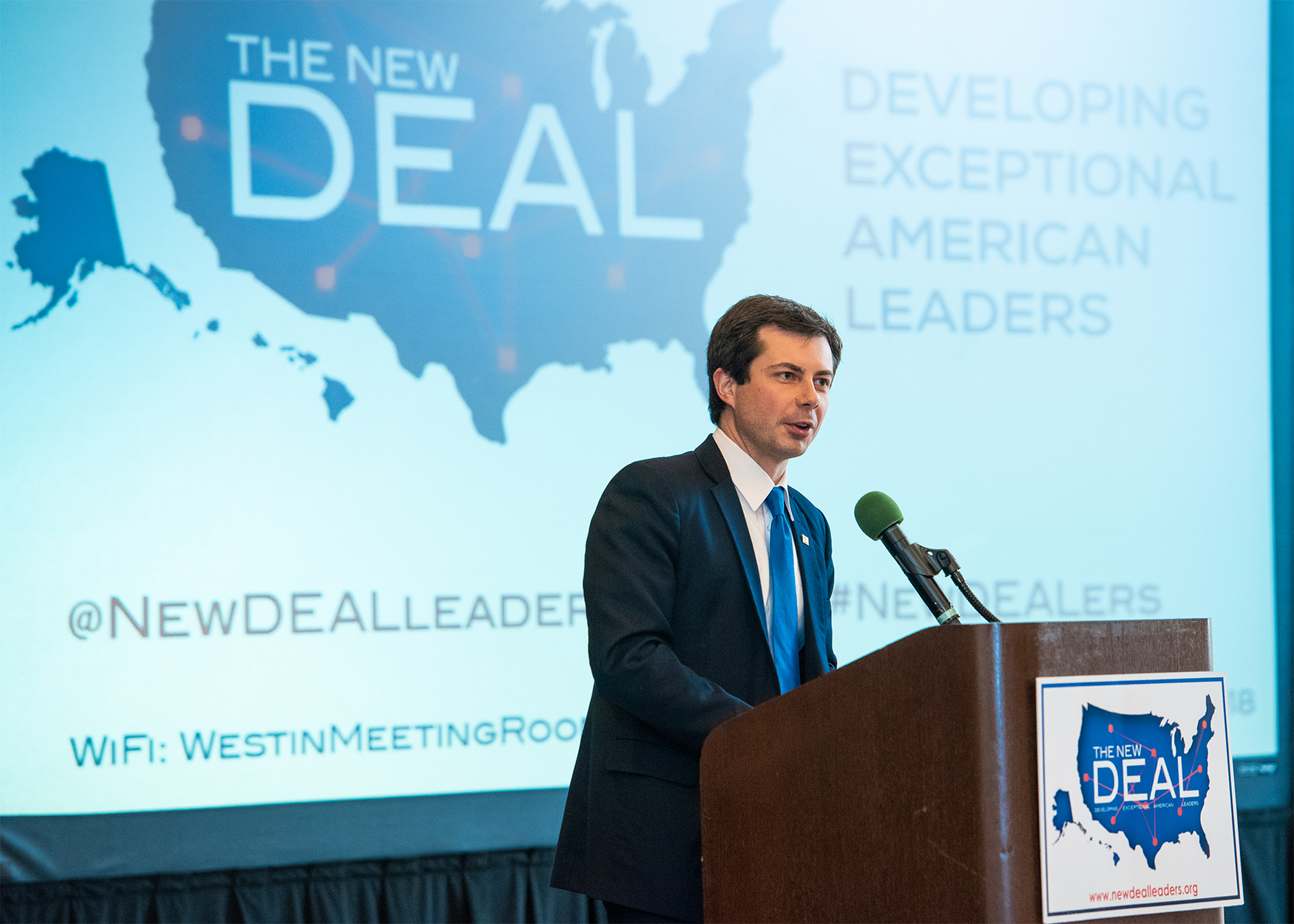Alabama School of Cyber Technology & Engineering
Problem
With so many technological advances, the needs of the workforce are constantly changing. It is imperative that our student’s education caters to those needs and students have the skills to thrive outside of the classroom. Many companies have to look outside of the state to fill high-level jobs in the field of engineering and cyber technology because that has not been the focus of the curriculum in Alabama. If we want to develop a workforce skilled at creating new technology with strong cyber networks that can’t be comprised, we must teach those skills and invest in the next generation of innovators from an early age.
Solution
Alabama will open a new technology- driven magnet school, the Alabama School of Cyber Technology & Engineering, for gifted students grade 7-12 from all across the state to develop a young workforce skilled at creating innovative technology with strong cyber networks that can’t be compromised. The school will also assist teachers, administrators, & superintendents across the state in replicating the curriculum in schools all across the state so that all students will develop the skills that are in high demand to be competitive in the current workforce.











